Hanging above my three year old’s bed, is a map of the world with little pins identifying all the places he has visited. It is not there to show off, but rather to inspire him and to feed his curiosity. Giving kids maps is a fantastic way to open their minds to the world. Here are five reasons to have maps and globes around your house.
- Maps help kids visualize the world they live in
- Maps spark questions and conversations
- Maps teach spatial awareness
- Maps give kids healthy perspective – the world is big and we are just a small part of it
- Maps encourages an adventurous and curious mindset
Here is a little more on why we think each of these are important and how they have played out in our house.
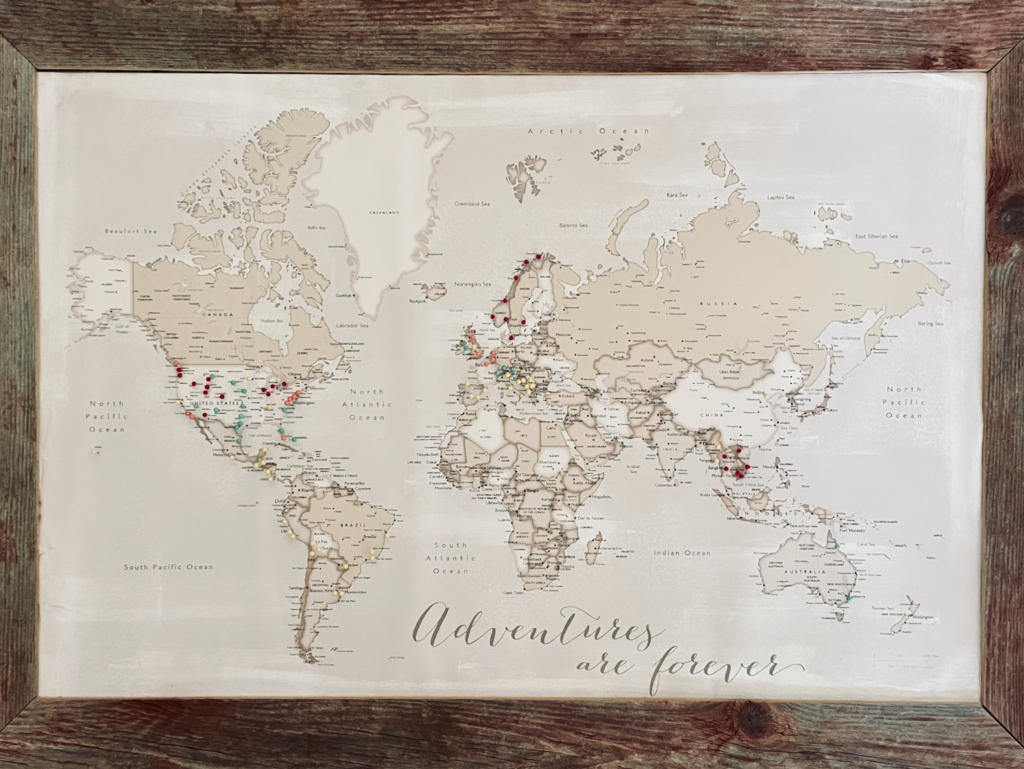
1. Maps help kids visualize the world they live in
Can you imagine trying to understand the geography of our earth without having seen a map or globe? Maps are important visual tools that give kids a great framework for understanding the world around them.
I recently found a fantastic kids map of the United States. It has pictures of some of the different animals, plants, and sites that you can find in each state. When you think of Maine, what images does that evoke? What sounds do you hear in New Orleans? What flavors do you enjoy in Hawaii? The pictures on this map help my little ones recall the places they have been and imagine the places they have not yet visited.
2. Maps spark questions and conversations
The maps and globes in our home spark some very interesting conversations. From silly hypothesizing about how long would it take to cross the Pacific on a whale’s back to more serious inquiries about different cultures and ways of life, maps get my kids thinking about the world.
Maps can also provide kids their first lessons in current events and diplomacy. We don’t watch the news with our young kids. But we do spend a lot of time talking about the world with them. My son likes to look at his map and ask about places, what they are like, and when we might be able to visit them.
One night at bedtime my son pointed to a country on his map and asked, “when can we go there?” I explained that it may be a while before we can go there. “There is a lot of fighting and disagreement between that country and another country right now.” To that he replied, “Why are they fighting, mom?” “Well, sometimes people don’t make kind choices and that leads to big fights that are called wars.” To that our little problem solver immediately suggested “Maybe our leader should go on an airplane and show their leader how to be nice.”
From there we talked about diplomats and their roles in global diplomacy. We talked about cultures and how people around the world have different ways of living and different beliefs about how people should live, which can lead to cultural differences and big disagreements. Heavy stuff for a 3 year old. But as I kissed him goodnight and walked out the room, I could tell his brain was still churning. I love leaving my kids in silence to ponder over the day’s discussions. It is so neat to see their little minds at work.
3. Maps teach spatial awareness
As young children become more self-aware and try to figure out their physical place in the world, maps and globes can help them visualize many important concepts.
- Maps teach kids the cardinal directions: North, south, east, west.
- Maps help kids understand the geography and topography of the Earth.
- For young kids, maps can also help develop their understanding of the location and relative magnitude of the earth’s geographical features, such as oceans, land, rivers, and mountains.
- Maps are also useful tools for comprehending concepts such as distance and relative speed of travel (by foot vs car vs plane).
- Why would it take us 2.5 hours to walk the 7 miles to the zoo when we could fly to Grandma and Grandpa’s house a couple states away in the same amount of time?
- Maps and globes allow kids to visualize the equator and see the hemispheres.
Without maps and globes, many of these spatial and directional concepts don’t really make sense.
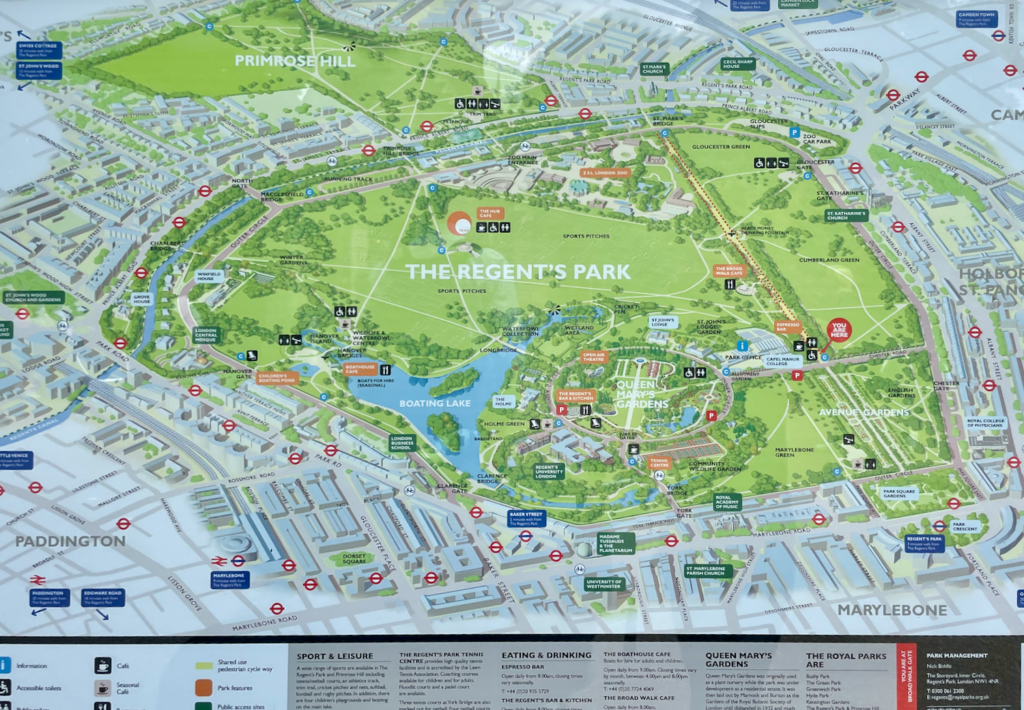
4. Maps give kids healthy perspective
I don’t know a toddler who doesn’t think they are the center of the universe. It can be very cute. It is less cute, though, when that two year old becomes 16 and that 16 year old becomes 60 without changing their mentality. The world is very big and we are just a small part of it. Looking at maps and thinking about the world with your little ones starts conversations on global citizenship. We are all part of a big interconnected world that we share with so many others. Our actions affect other people and other peoples’ actions affect us. I want my kids to understand that as they grow up.
5. Maps encourage an adventurous and curious mindset
I LOVE my kids’ curiosity. For me, observing their endless desire to learn as they engage with the world around them is one of the highlights of parenthood. The little pins on the map above my son’s bed are a representation of the world he knows. There is still so much to discover and explore. But within the security of his bedroom, the map continues to fuel his curiosity and imagination and is a constant reminder of his adventures.
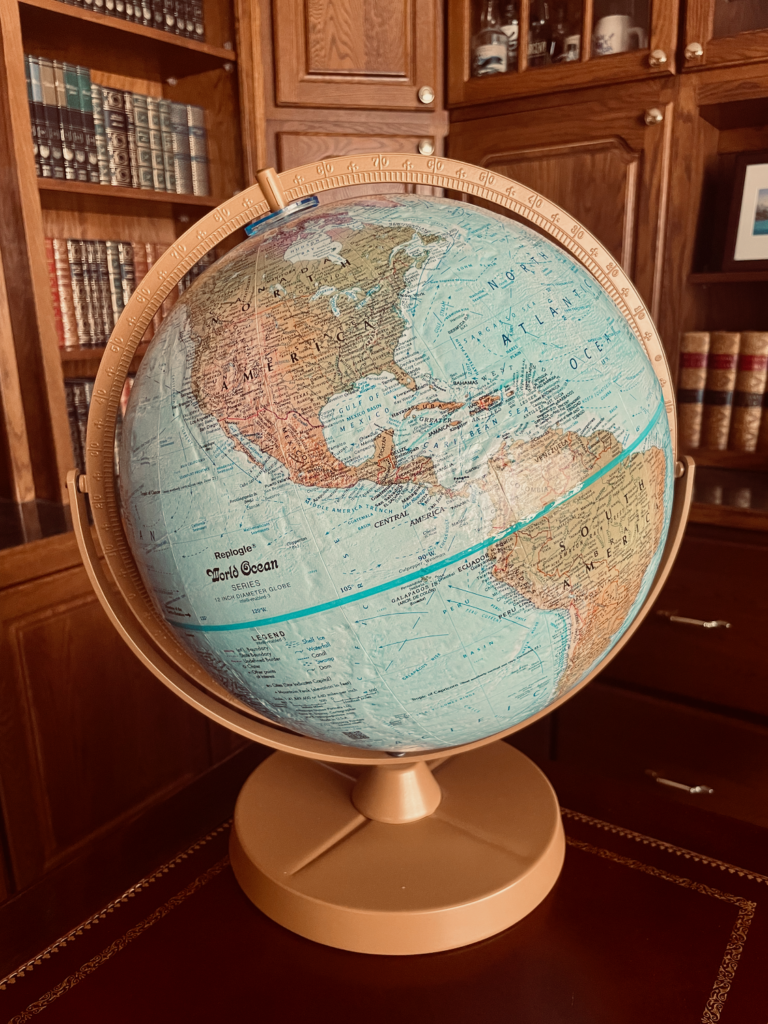
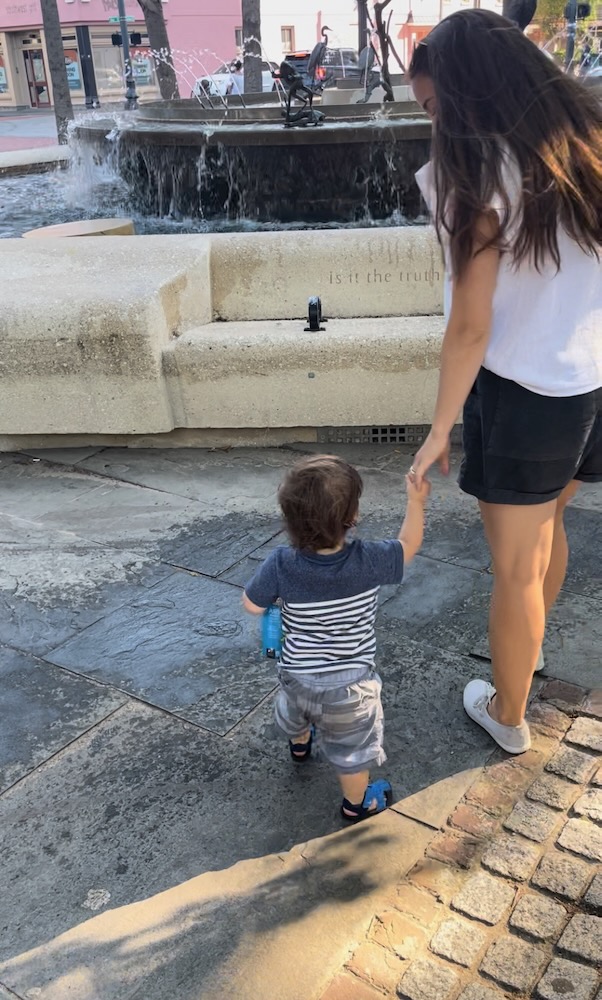
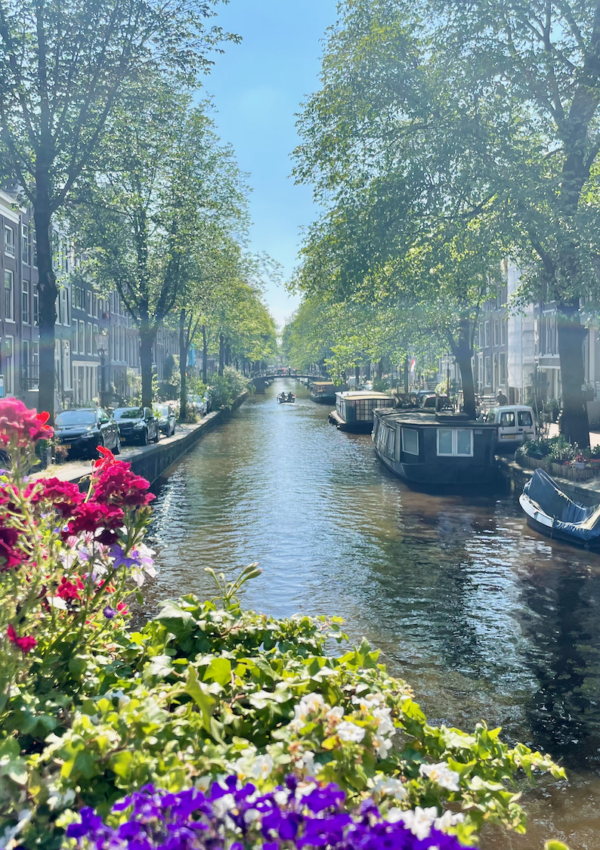
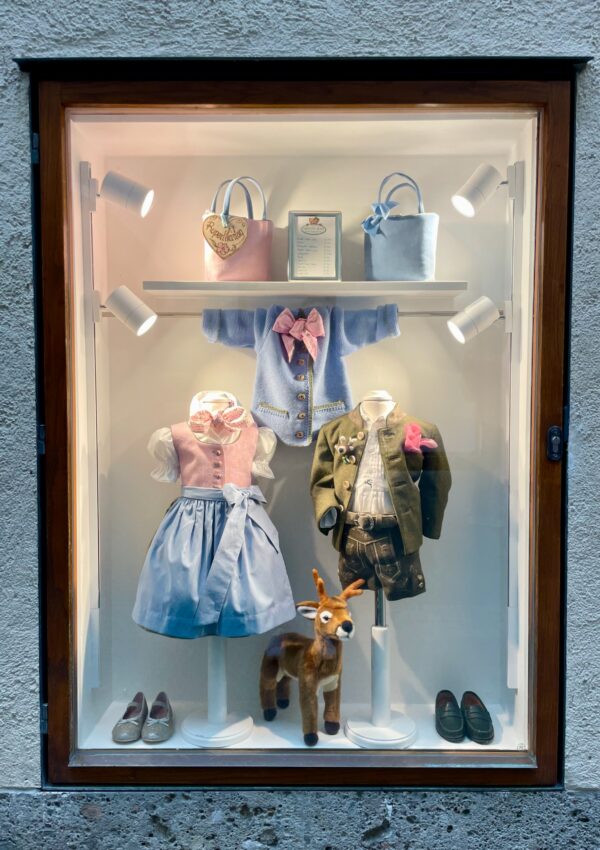
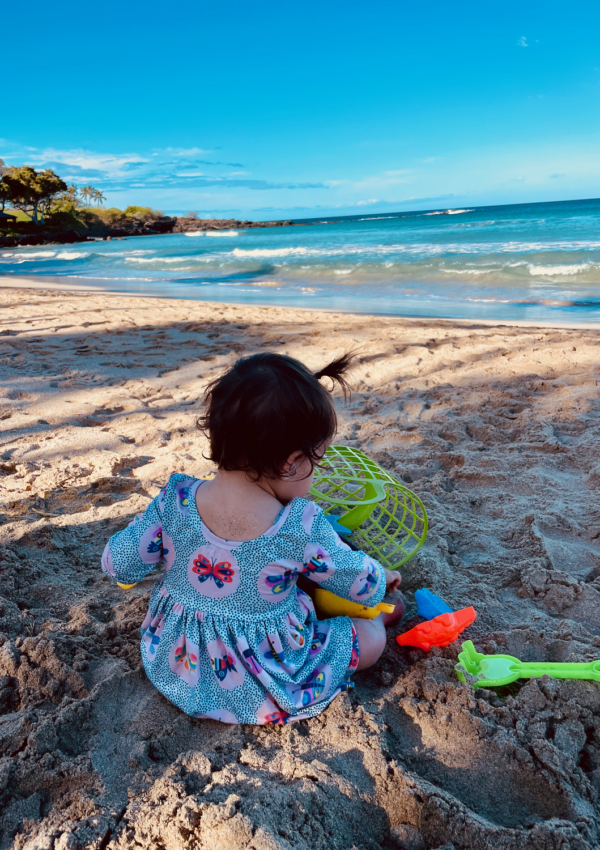
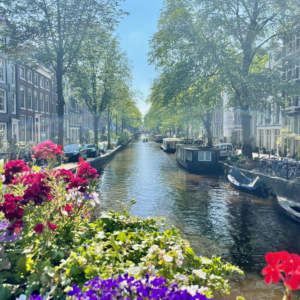
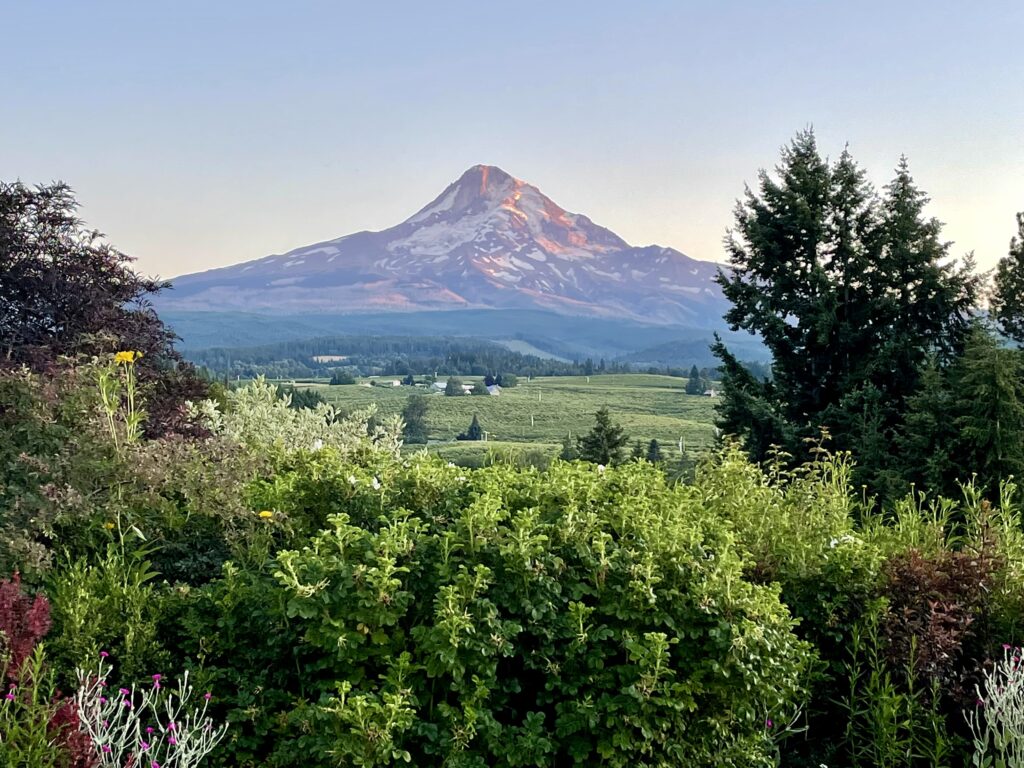
Leave a Reply